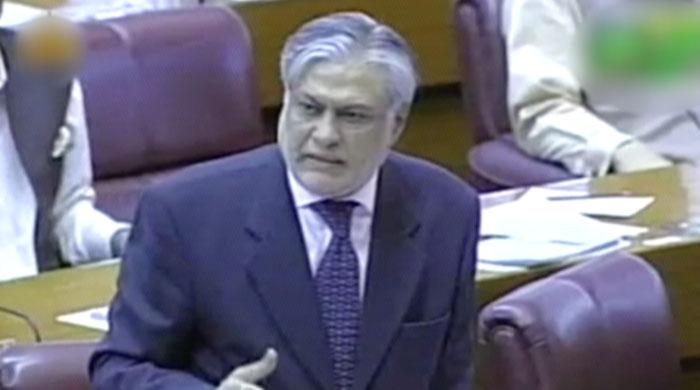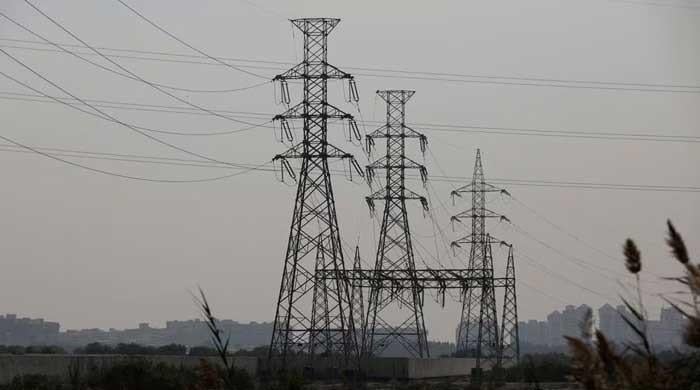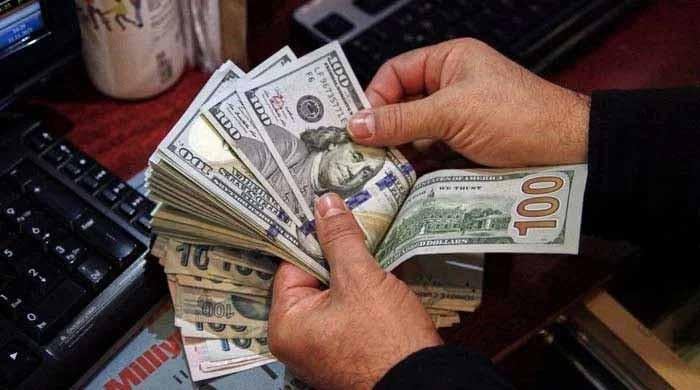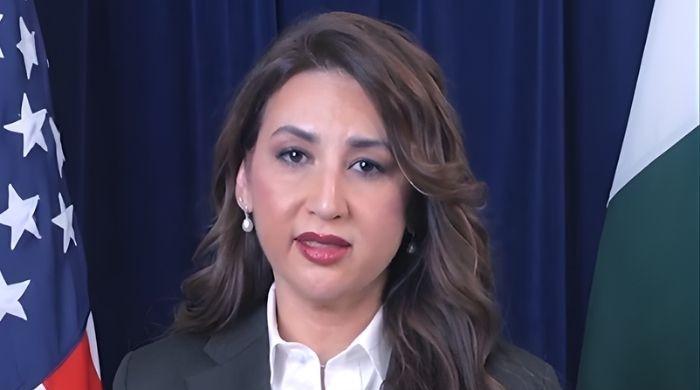Budget expected to target revenue generation and growth
Annual budget outlay is expected to be around 4,400 billion rupees, with a fiscal deficit target of around 3.8 percent
June 03, 2016

ISLAMABAD: Minister for Finance Ishaq Dar will unveil the fourth consecutive budget in parliament today (Friday) with the optimism that the government will say goodbye to the International Monetary Fund (IMF) after the completion of the existing programme, paving the way for giving a stimulus to the economy for inclusive growth and tackling the monster of rising unemployment.
The policymakers argue that coming out of the IMF programme with a successful tag will enable the economic managers to divert their attention from stabilisation to inclusive growth for providing a stimulus to the neglected agriculture sector, exports and investment for creating job opportunities.
The budget 2016-2017 has an outlay of Rs4.42 trillion. On expenditure side, the debt servicing on foreign and domestic loans will be the biggest ticket item as it will consume Rs1.6 trillion, the second biggest item, defence, will consume around Rs860 billion, 79 billion higher than the allocated amount of last budget, and finally development budget of federal ministries to the tune of Rs6,55billion.
The government will provide Rs169billion subsidies for the next fiscal year. An amount of Rs348billion proposed for running the civilian government – higher by only 6.8 percent. Another sum of Rs245billion has been proposed for paying pensions to both military and civilians. A major chunk of Rs542billion has been allocated under the head of grants and most of it goes to the military for defence procurement.
On the revenue side, the government is all set to fix FBR’s target at Rs3,621billion to Rs3,635billion for upcoming budget by taking number of steps for enhancing tax rates for non-filers, increasing tax on cigarettes, non essential items, imposing withholding taxes, bringing certain sectors into fixed taxation regime in the next year’s budget.
For non-tax revenue target, the government will set an ambitious target, higher than the last fiscal year in a bid to compensate revenue requirement for meeting overall budget deficit target of 3.8 percent in line with agreement of the IMF. The IMF had envisaged budget deficit at 3.5 percent of the GDP but it relaxed deficit by 0.3 percent of the GDP by allowing Rs100billion expenditure on Temporarily Displaced Persons (TDPs) in the wake of ongoing Operation Zarb-e-Azb.
Instead of number crunching by overstating revenue and understating expenditure in a bid to achieve the fixed budget deficit target, the government can use it as a tool to set the direction of the economy by aligning its fiscal and macro policies with the objective to promote higher growth trajectory that is prerequisite for creating job opportunities especially for educated youth.
Will it remain a pipe dream or government will take steps in the budget in the right direction, is yet to be seen? However Finance Minister Ishaq Dar’s intentions show that the government will transform its economic agenda towards higher growth by removing bottlenecks that hampered neglected agriculture sector, dwindling exports, promoting investment and savings by setting right kind of policies. The input cost of agriculture should be brought down by at least 50 percent, exports to be incentivised manifold, and investment needs one window operation in the real sense for achieving the desired results.
Fiscal deficit target
Analysts expect the new fiscal deficit target may be missed, as Pakistan exits the strictures of an International Monetary Fund assistance package this year and the government prepares for a 2018 general election.
On Monday, the government announced 1,675 billion rupees ($16.00 billion) in annual development spending at both the federal and provincial level.
“You have to increase revenues [to pay for development], and since you are not able to do that, you are doing this shortcut economics of ad-hoc taxes in order to fund development spending,” said Sohaib Jamali, head of research at the Business Recorder newspaper.
On Thursday, Pakistan announced it had missed its economic growth target by 0.79 percent, hitting 4.71 percent growth in the fiscal year ending in June, the highest level seen in eight years.
On Monday, it set a growth target of 5.7 percent for the fiscal year beginning in July.
Jamali foresaw a “populist budget” with expectations of increases in government salaries, pensions and in subsidies on farming inputs.
Last year, the agricultural sector, the largest employer by sector in Pakistan, shrank by about 0.19 percent, he said, mainly due to structural issues and a poor cotton crop.
The textile sector, which analysts say lost up to $3 billion in exports last year due to power shortages, a global drop in demand and a poor cotton crop, will also be targeted for revival, textile manufacturers said.
—Originally published in The News/ Reuters
— Photo: Online/File









